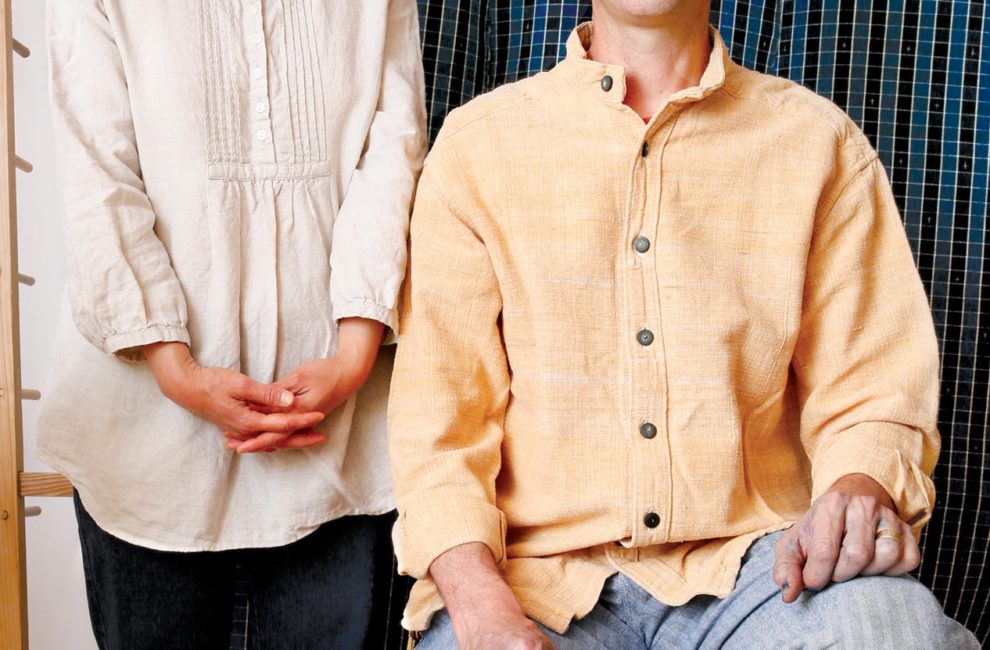
Maker: Dyed and True
Each bluish hue of Rowland Ricketts’s textiles and wife Chinami’s fabric represents two spans of time: several centuries of indigo-dyeing tradition, and the previous year of the couple’s life.
Rowland, an artist, and Chinami, a weaver of yardage for kimonos and Japanese sashes called obi, color their cloth with indigo they grow on their Bloomington farm. Planting, harvesting, drying, composting, and making the dye takes nearly 12 months. The couple learned time-honored, sustainable techniques in Chinami’s native country of Japan, where Rowland was teaching English when he developed his indigo interest. Their vibrant works earned them a Martha Stewart American Made award in 2014.

BUY IT
Indigo-dyed linen towel and set of four felt coasters, $48 each at rickettsindigo.com.







